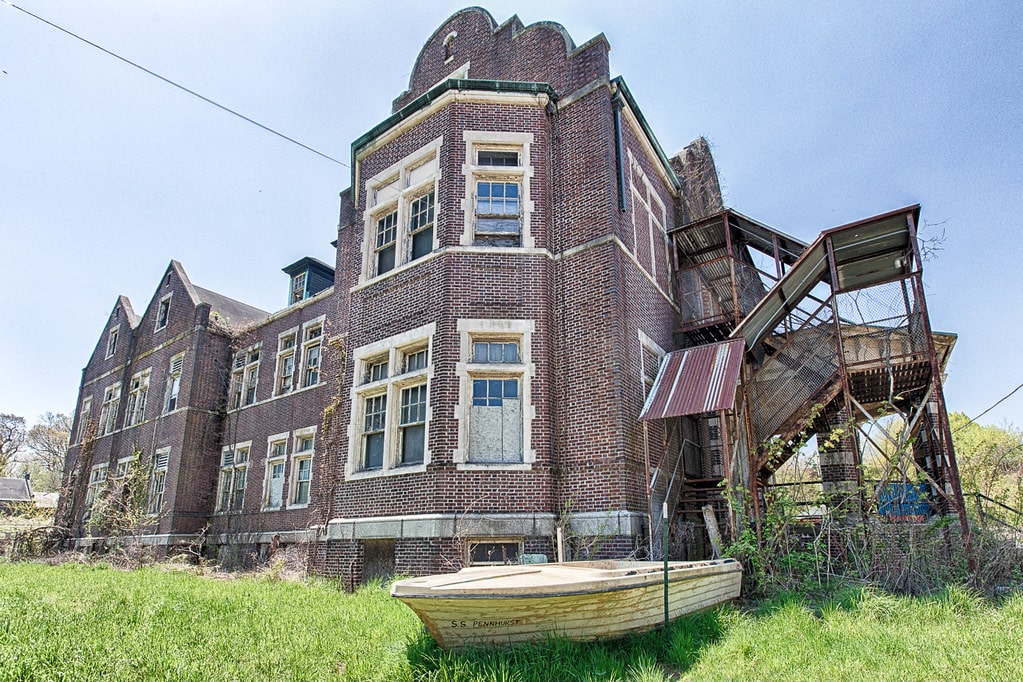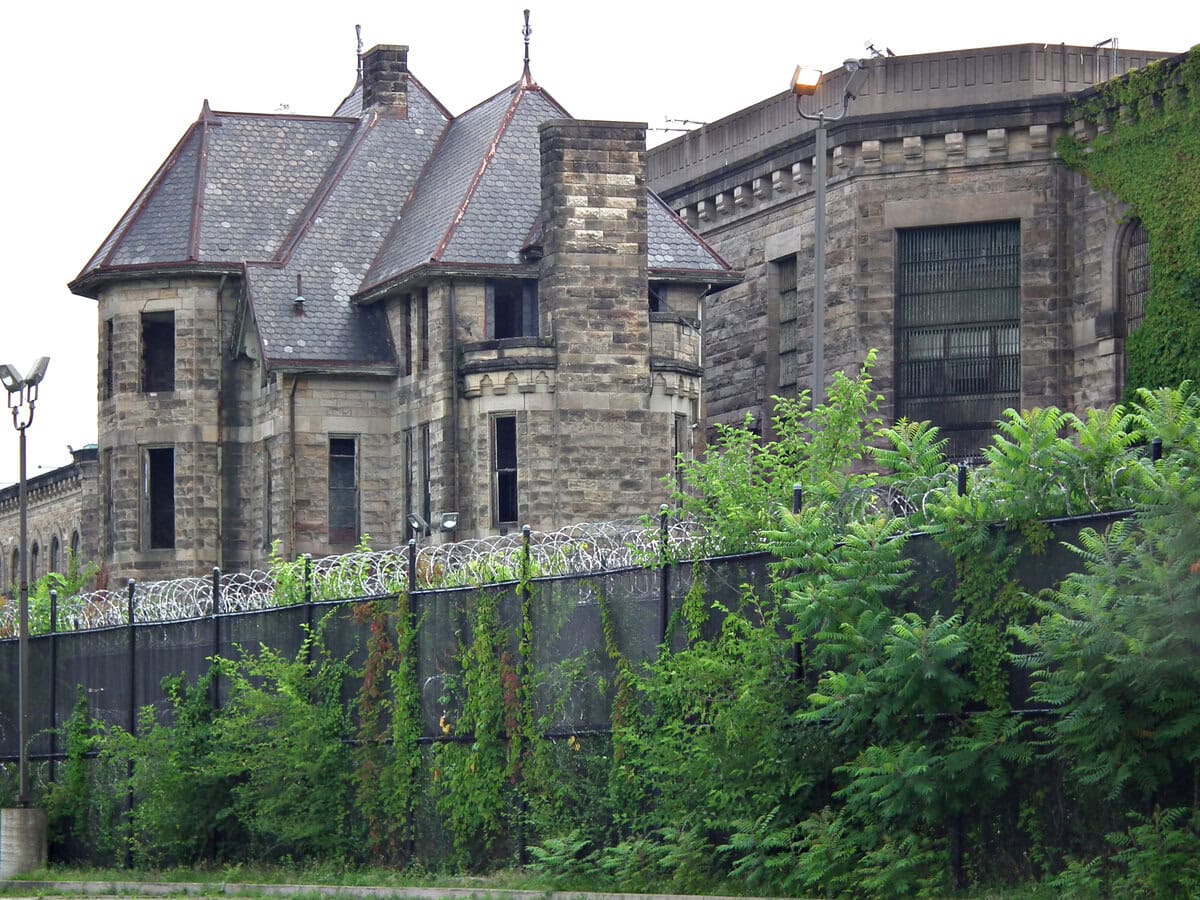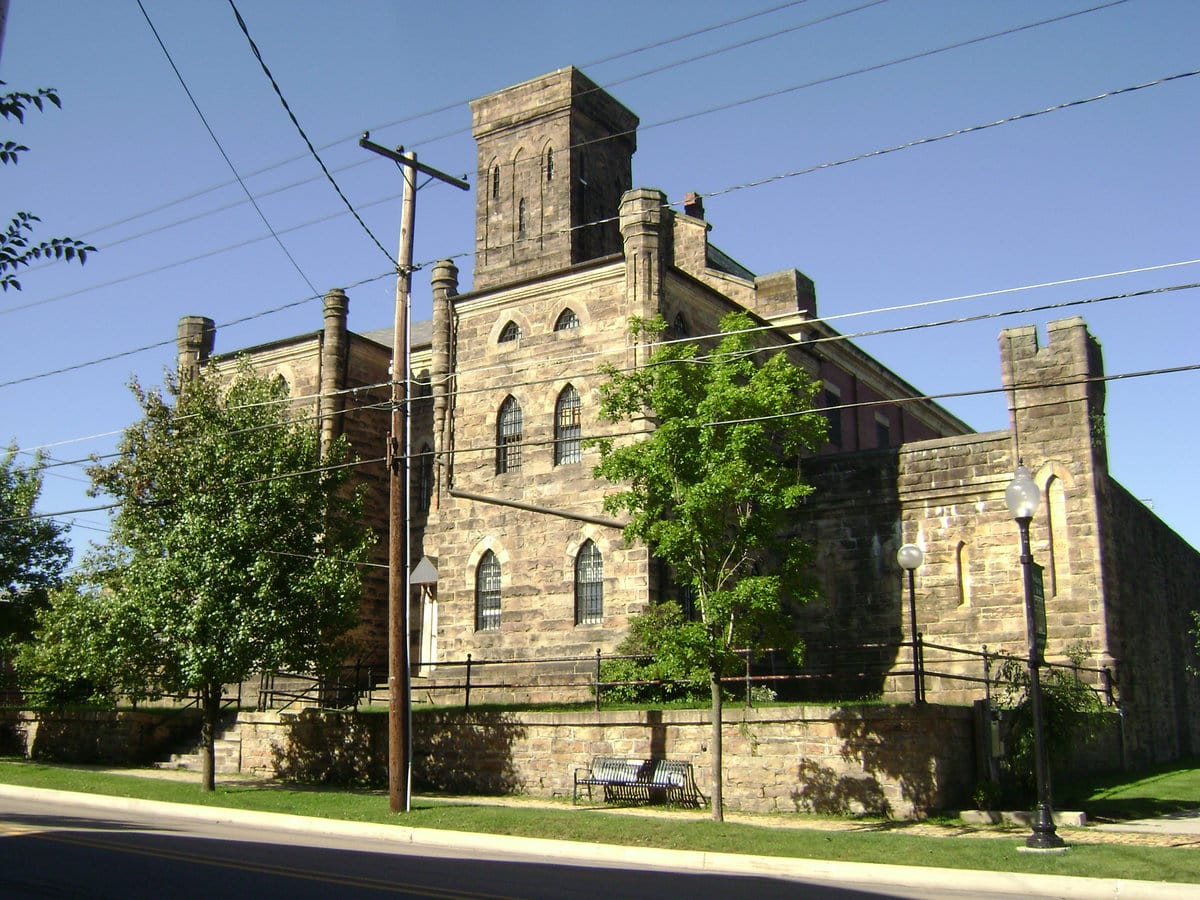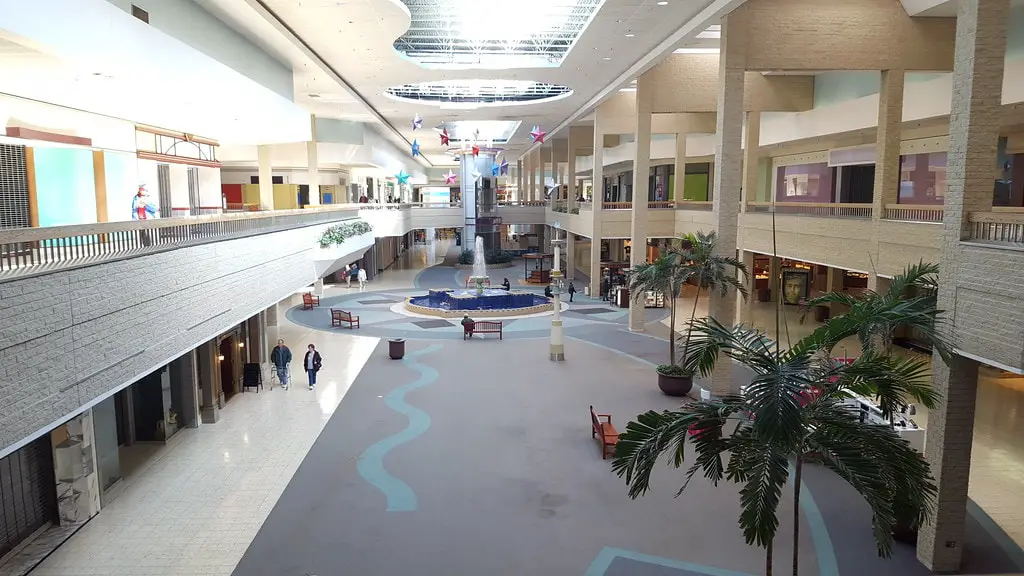Establishment and Early Years: A Foundation in Spring City, Pennsylvania
In 1903, the Pennsylvania Legislature created the Eastern Pennsylvania State Institution for the Feeble-Minded and Epileptic.
This decision came after a commission determined that thousands of individuals in the state, spanning from county-care hospitals to prisons, needed specialized care.
The goal was clear: provide a facility dedicated to those with mental and physical disabilities, ensuring their care and management.
Construction began soon after on a 633-acre site known as Crab Hill in Spring City, Pennsylvania.
This location would become home to a collection of red-brick buildings designed in a Jacobean Revival style by architect Philip H. Johnson.
By 1908, several structures were ready, including temporary administration facilities and cottages for residents.
Each building served a specific purpose, from dining halls and storerooms to educational spaces and industrial workshops.
Pennhurst opened its doors officially on November 23, 1908, admitting its first patient.
Over time, the institution's demand far exceeded its capacity.
Within four years, the facility faced overcrowding as it accommodated more residents than initially planned.
Requests to admit individuals beyond the originally targeted population, such as immigrants, orphans, and even criminals, added further pressure.
The campus itself was designed with efficiency in mind.
Fireproof tunnels connected many buildings, while a parallel steam piping system ensured consistent heating across the sprawling grounds.
These architectural choices reflected a forward-thinking approach to managing large numbers of residents while also meeting the era's safety standards.
As Pennhurst expanded, it remained focused on its initial mission: to provide a controlled environment for the care and management of individuals deemed unable to integrate into society.
This foundation laid the groundwork for the institution's role in Pennsylvania's history, though the challenges it faced would soon overshadow its early aspirations.
Institutional Practices and Challenges: Inside Pennhurst's Operations
When Pennhurst opened, residents were carefully categorized upon admission.
Staff grouped them into mental classifications like "imbecile" or "insane," physical conditions such as "epileptic" or "healthy," and dental health categories ranging from "good" to "treated."
These labels determined the care and routines each resident received, reflecting the institution's systematic approach to managing its population.
Life at Pennhurst revolved around structured labor.
Residents took part in various jobs aimed at maintaining the facility and fostering self-sufficiency.
Tasks included farming, sewing, baking, shoemaking, and even mattress production.
The institution relied heavily on this work to sustain daily operations, blending rehabilitation with practicality.
By 1913, Pennhurst aligned itself with the growing eugenics movement.
The Pennsylvania Legislature's Commission for the Care of the Feeble-Minded advocated for strict custodial care, believing those with disabilities should remain separated from society.
The goal was to prevent "unfit" individuals from intermingling with the general population.
This ideology heavily influenced policies, including the design of separate cottages for men and women, constructed in 1916 to prevent pregnancies and enforce segregation.
As the years passed, the challenges mounted. Overcrowding became an ongoing issue, straining the institution's resources.
Staff faced difficulties maintaining humane conditions, and criticisms about Pennhurst's practices began to surface, foreshadowing the troubles that would later define its legacy.

Exposure of Conditions and Legal Battles: Unveiling Pennhurst's Darker Side
In 1968, the public's view of Pennhurst began to shift.
Bill Baldini, a journalist for Philadelphia's WCAU-TV, aired "Suffer the Little Children," a five-part exposé revealing the harsh conditions inside the institution.
His footage shocked viewers, showing overcrowded rooms, neglected residents, and a general lack of proper care.
It was one of the first times the public truly understood what life was like for Pennhurst's residents.
The spotlight intensified in 1974 with the filing of Halderman v.
Pennhurst State School and Hospital, a federal class-action lawsuit.
This case highlighted years of neglect and abuse, with plaintiffs arguing that the facility violated residents' constitutional rights.
The suit specifically cited inhumane living conditions and the lack of appropriate education and treatment.
The legal battle escalated, drawing attention nationwide to the state of institutions like Pennhurst.
In 1977, U.S. District Judge Raymond J. Broderick delivered a ruling that changed the course of Pennhurst's history.
He determined that the institution's conditions infringed on residents' rights under the Fourteenth Amendment.
His decision marked a pivotal moment, setting the stage for Pennhurst's eventual closure.
By the late 1970s, Pennhurst State School and Hospital had become a symbol of the deinstitutionalization movement.
Advocates pushed for community-based living arrangements, seeking to move individuals out of large facilities and into homes where they could receive more personalized care.
Legal and societal pressures on Pennhurst mounted, shaping the broader national conversation about disability care.
Closure and Aftermath: Pennhurst's Doors Close for Good
By the late 1970s, the legal battles and public outcry surrounding Pennhurst State School and Hospital reached a tipping point.
On March 17, 1978, a court order initiated the process of moving residents into small community homes, known as Community Living Arrangements.
These homes typically housed three or fewer individuals and offered 24-hour staffing when needed.
The transition took nine years to complete, with each resident and their families participating in detailed discussions about their future care.
Pennhurst officially closed on December 9, 1987. At that time, over 1,100 residents were relocated.
The closure was part of a broader deinstitutionalization movement aimed at shifting individuals from large institutions to more integrated, community-based settings.
While this marked the end of Pennhurst's operations, the sprawling campus in Spring City, Pennsylvania, did not fade quietly.
After the closure, the property fell into disrepair.
The Commonwealth of Pennsylvania initially retained ownership, but debates over the site's future ensued.
Proposals ranged from preserving it as a historic site to repurposing it for commercial ventures.
In 2001, Chester County officials approved a private development plan, and the site was sold to Pennhurst Associates for $2 million.
Despite the new ownership, much of the campus remained abandoned, drawing attention from urban explorers and paranormal enthusiasts.
Modern Developments and Legacy: From Decay to Preservation
In recent decades, efforts to preserve Pennhurst State School and Hospital's legacy have taken shape.
The Pennhurst Memorial and Preservation Alliance, formed in 2001, advocates for recognizing the site's history while ensuring its proper use.
The group partnered with organizations like the Preservation Alliance for Greater Philadelphia to conduct reuse and feasibility studies, laying the groundwork for its potential transformation.
One of the campus's most prominent modern uses began in 2010 when the administration building was partially renovated and reopened as the "Pennhurst Asylum," a seasonal haunted attraction.
The attraction quickly gained popularity, drawing crowds interested in the site's eerie atmosphere.
However, it sparked controversy among locals and disability rights advocates, who viewed the commercial venture as insensitive to Pennhurst's past.
Beyond the haunted attraction, parts of the campus have served other purposes.
For example, the Southeastern Veterans' Center repurposed some of the upper campus buildings in the late 1980s and 1990s.
In 2015, the Pennhurst Memorial and Preservation Alliance worked with the Veterans' Center to obtain the superintendent's residence, aiming to establish a museum and interpretive center.
In 2021, the campus became the stage for a live-streamed concert by the heavy metal band Motionless in White, further showcasing its evolving role in popular culture.
Additionally, the site's history continues to attract paranormal investigators, with bookings available for tours and overnight investigations.
Proceeds from these activities support the preservation of the remaining structures, keeping Pennhurst's story alive for future generations.





